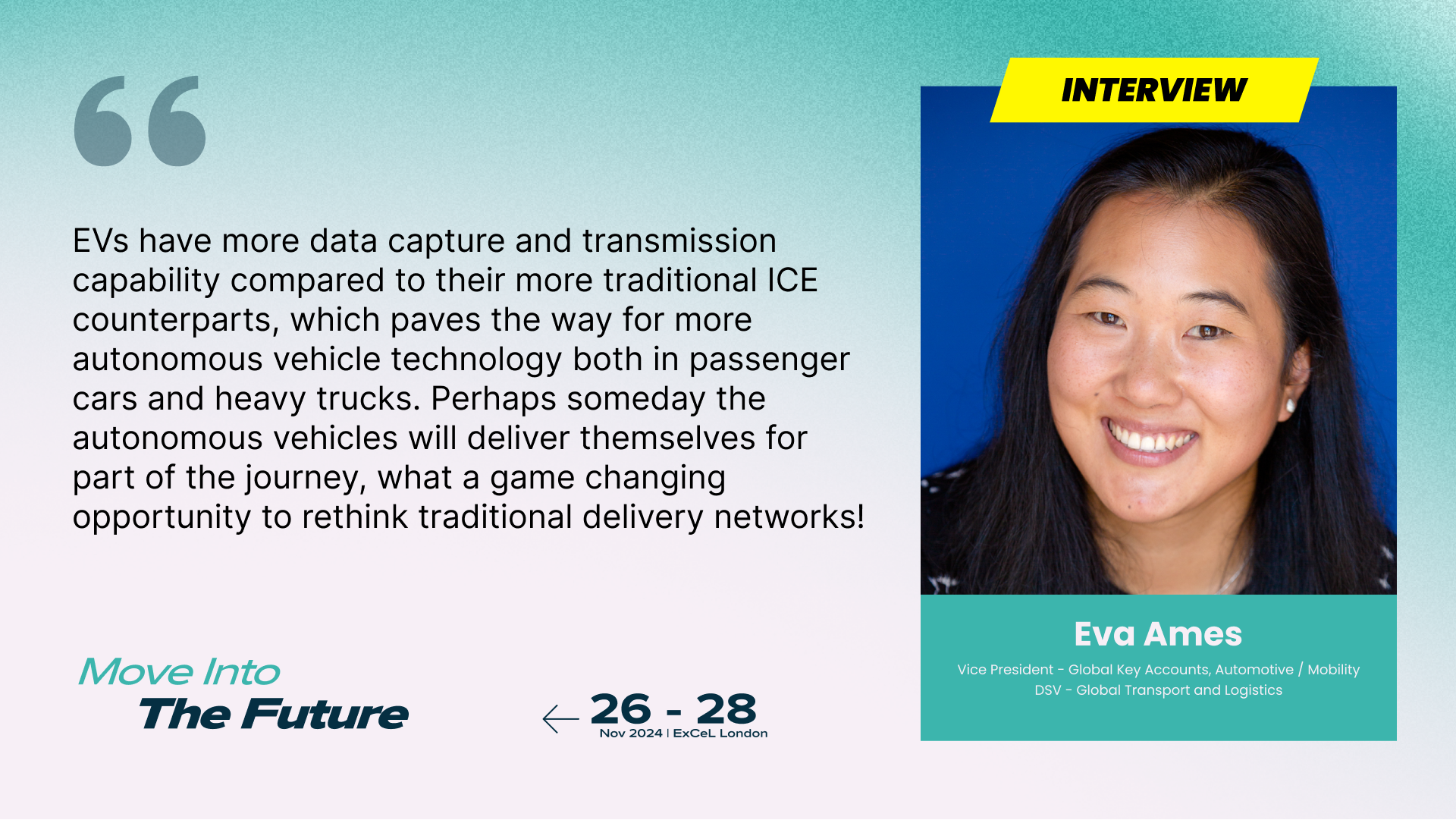We are delighted to present a Q&A session with Heiner Sprunk, a distinguished expert in business development and e-mobility. Mr. Sprunk is currently the Business Development Director for Europe at Irdeto B.V., where he leads key initiatives in the e-mobility sector. With a career spanning over two decades, he has held pivotal roles such as Director D-A-CH at Last Mile Solutions B.V. and International Sales Manager at has to be GmbH. His impressive achievements include successful business ventures across Europe, the MENA region, and Asia, as well as significant contributions to major projects in the utilities sector.
This insightful session, conducted by Imran Mushtaq, explores Mr. Sprunk’s perspectives on the future of e-mobility, strategies for driving business development in a competitive market, and the critical role of international networking and innovation in shaping the global e-mobility landscape.
#LEVS: Given your background in automotive logistics and your focus on future solutions, how do you see the EV industry impacting the supply chain, particularly in terms of new opportunities and challenges?
#Eva Ames: The passenger car industry is shifting from ICE to EV as well as transitioning from Transportation to Mobility. Passenger cars are evolving to include more technology features both for driver comfort and for functions related to increasing levels of autonomous vehicle operation. EVs have more data capture and transmission capability compared to their more traditional ICE counterparts, which paves the way for more autonomous vehicle technology both in passenger cars and heavy trucks. Perhaps someday the autonomous vehicles will deliver themselves for part of the journey, what a game changing opportunity to rethink traditional delivery networks!
There are also more supply chain variables, complexity, and competing priorities than ever – some from the transition from ICE to EV and some from geopolitics and other sources of change and instability. With so much going on all at once, EV supply chain can and should be a strategic advantage as supply chains are tailored to meet specific goals and priorities. This is a great time to look at “the way things have always been done” to make sure previous best practices still apply, and to push the industry for solutions to challenges that did not exist previously.
These challenges are already pushing both the logistics and automotive industries into new territory. For example, some higher value parts from traditional vehicles have long been refurbished for reuse and resale as service components. The addition of a high voltage traction battery shifts the overall vehicle value proportions significantly, and now circular economy for most of the entire vehicle has a more enticing value proposition. As we work through this change and balance it with geopolitics encouraging nearshoring of supply chains that have been global for decades in order to take advantage of local tax incentives, it makes the proposition of global vehicle models produced in few locations look quite different as well.
#LEVS: With the growing focus on sustainability within the logistics industry, how can companies leverage its expertise to support the environmentally friendly aspects of the EV supply chain?
#Eva Ames: For EVs to have the maximum benefit for society to reach sustainability goals, reducing emissions from logistics and supply chain is essential. At DSV, our recommended approach starts with measuring the baseline emissions footprint for an established supply chain, before then looking for network efficiencies to reduce emissions and other alternative transportation fuel sources. The greenest shipment is the one that never even has to be made, and changes like increasing load density or carrying more safety stock to reduce the likelihood of needing a flight can be quite impactful. We love getting creative with our clients to figure out how to make these types of changes for improved sustainability.
On top of these network design improvements, there is tremendous potential for EVs to transform traditionally linear ICE automotive supply chains into circular supply chains, more on this below.
#LEVS: Collaboration across disciplines is a key strength you mentioned in your bio. How can EV manufacturers foster partnerships within the EV industry to create a more robust and efficient global EV supply chain?
#Eva Ames: One of the most difficult challenges the EV industry is faced with right now is forming safe and efficient circular supply chains. It is not enough for supply chain experts to incorporate recycling at the end of a linear supply chain – we need to also incorporate diagnosis, repair, reuse, and second life too. To do this safely and efficiently, automotive engineers and supply chain experts need to collaborate. Passenger cars are traditionally designed for first point of sale (FPOS) and then some repairs. Full circular economy for EVs requires vehicles which are designed for every stage of vehicle life instead of FPOS, and this cannot be done by supply chain alone. Data needs to be shared, and the functional and safety requirements for these new stages of the circular vehicle supply chain need to be developed jointly.
#LEVS: In what specific ways do the Global events, like the London Electric Vehicle Show, contribute to the advancement of electric vehicles? Consider factors like knowledge sharing, collaboration, innovation, and market growth.
#Eva Ames: It is an exciting time in the automotive supply chain for those who are passionate about building the future of the EV industry. No matter which part of the industry we come from, talking to each other, sharing perspective and new ideas, forming strategic partnerships, and exploring the unknown together is how we will get to the most innovative ideas for overcoming the new challenges of the ICE to EV transition. Meeting others in a setting where everyone is there to learn from each other is critical to this industry’s future success.

